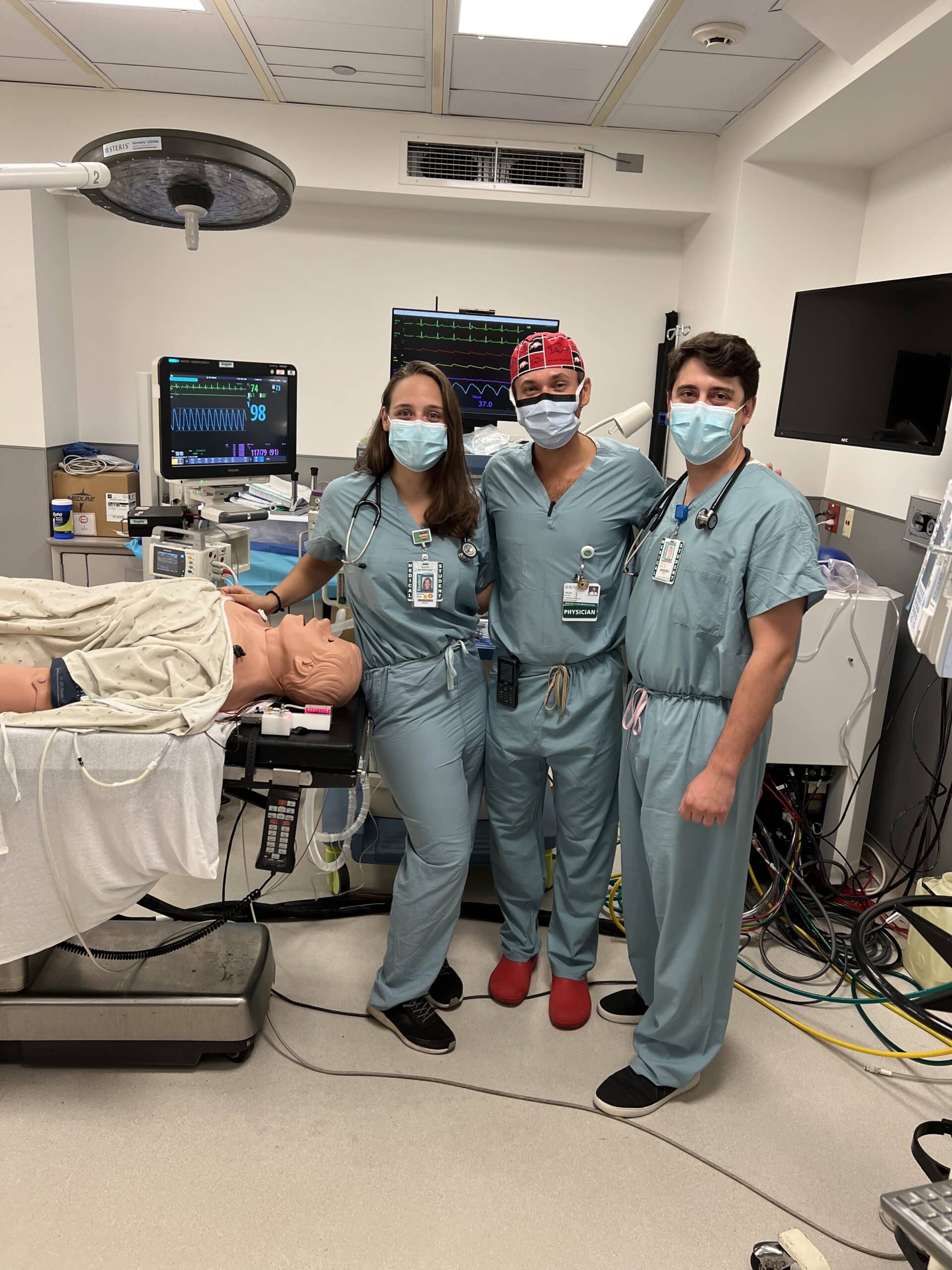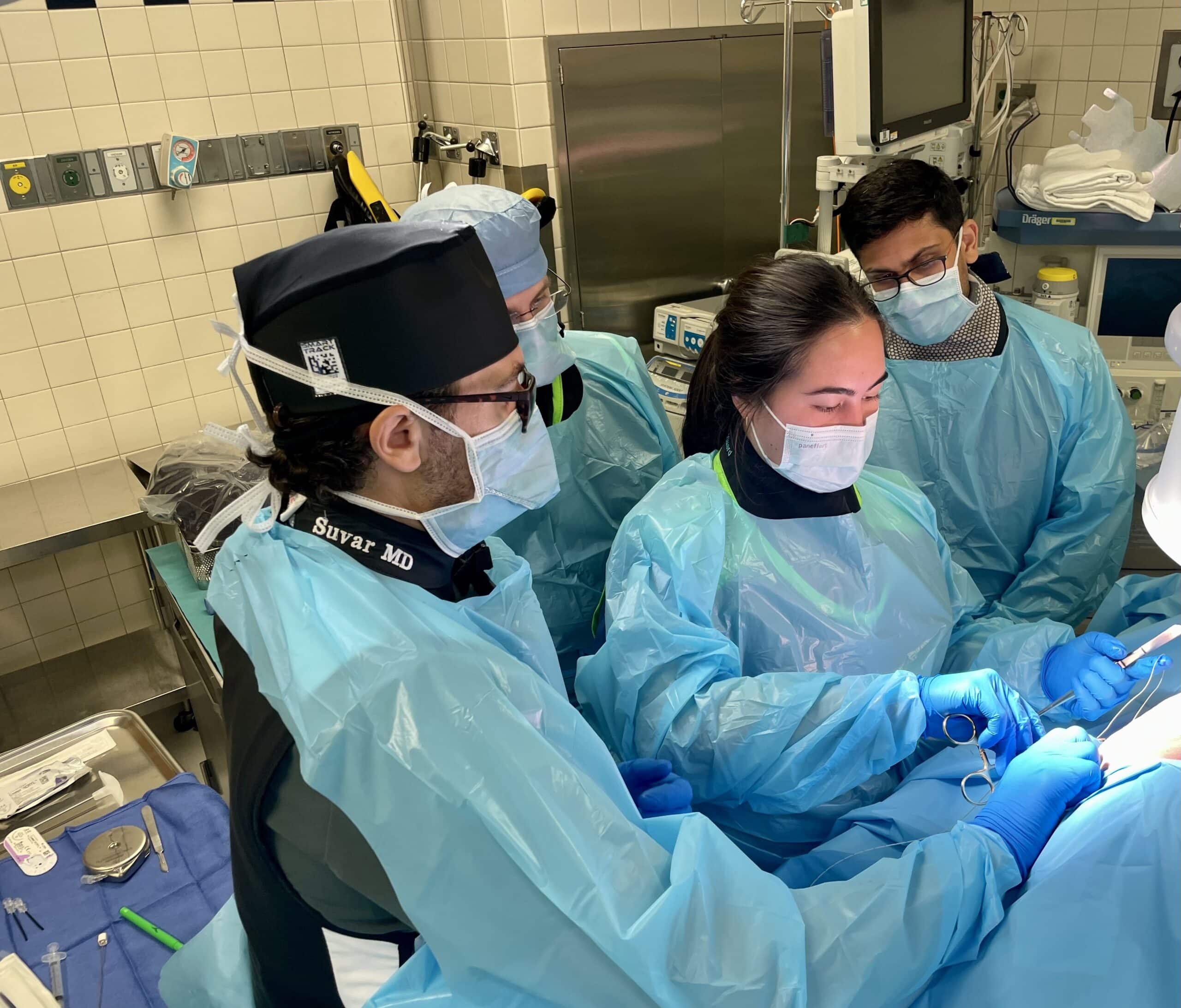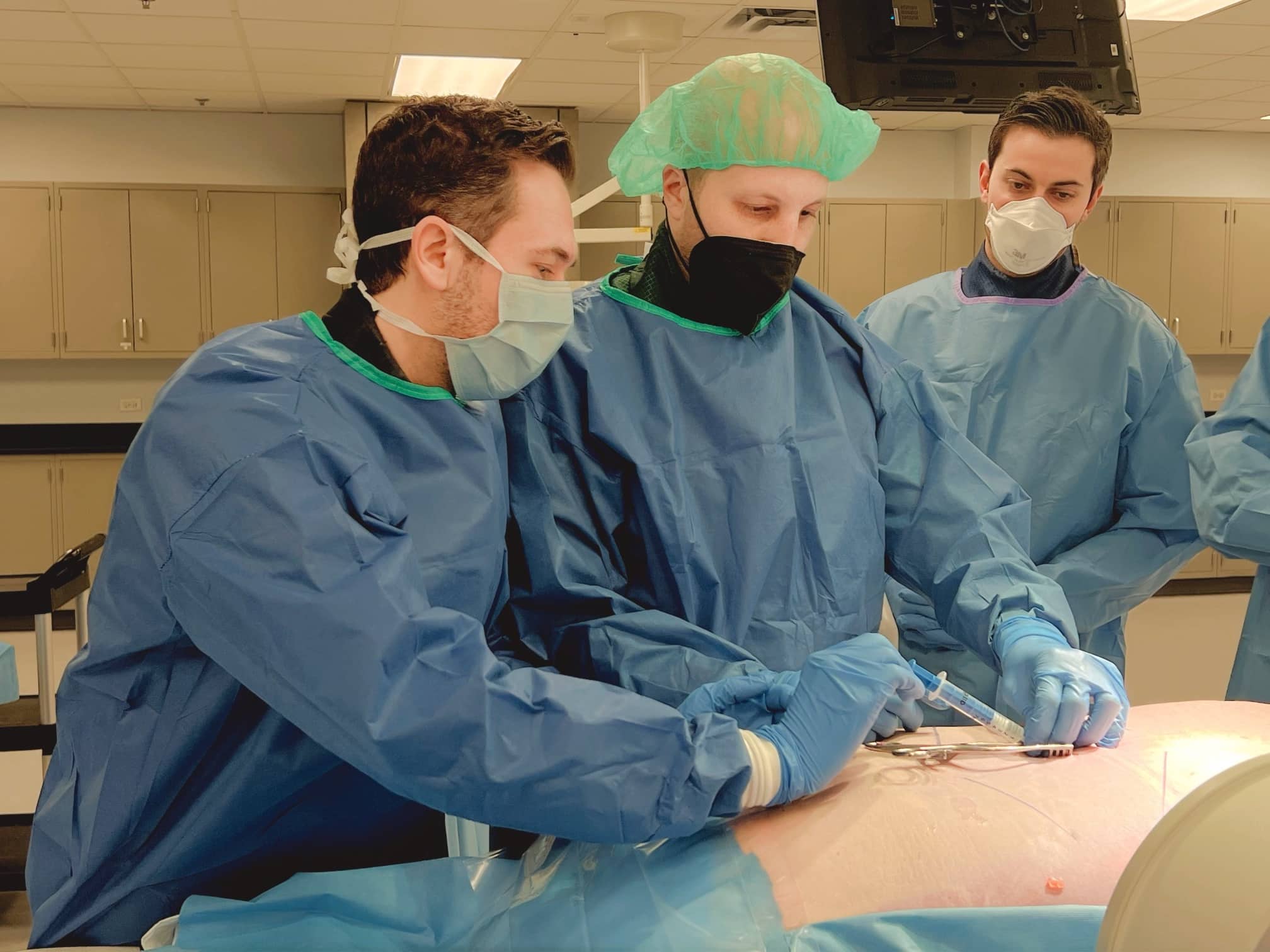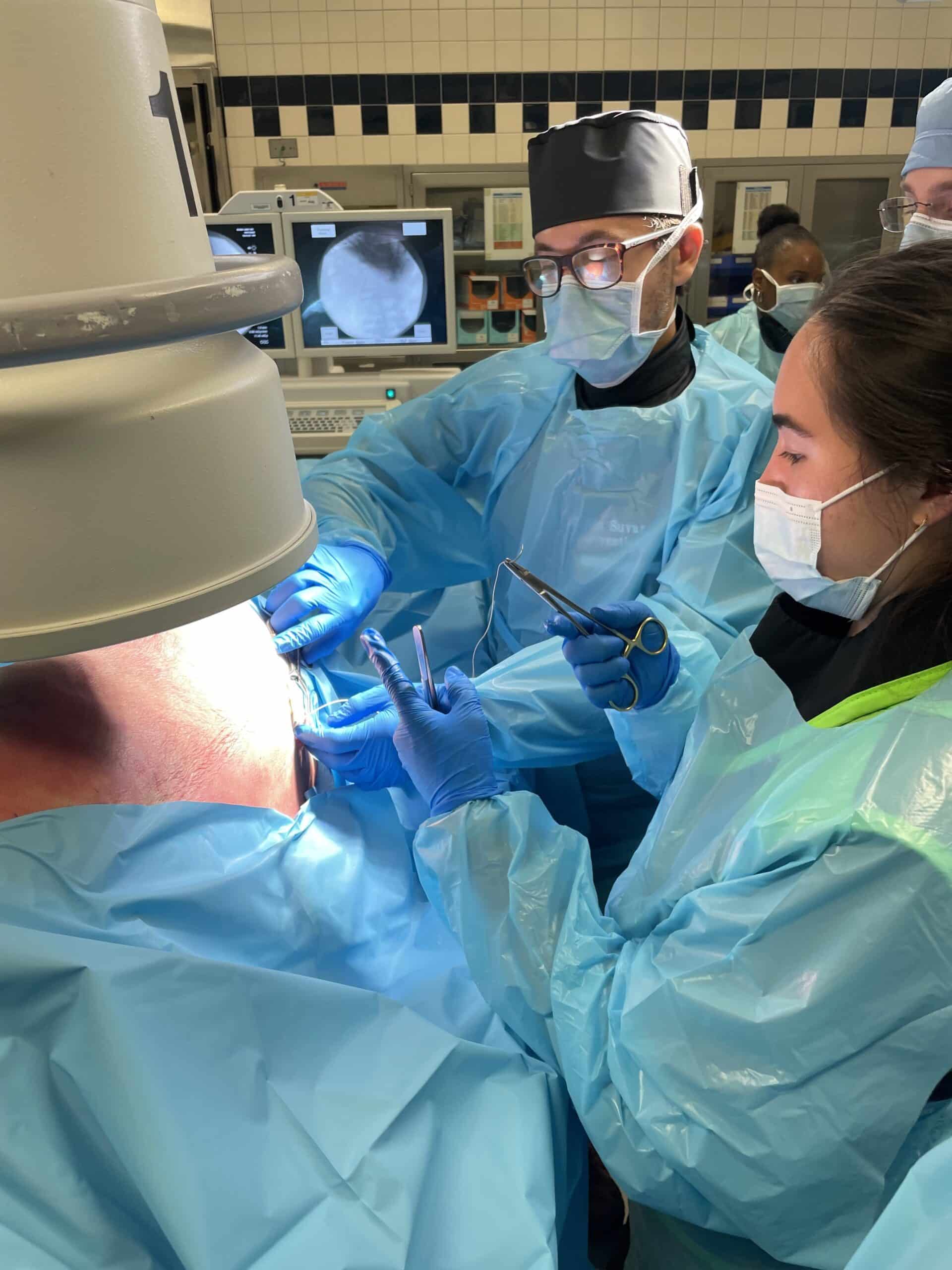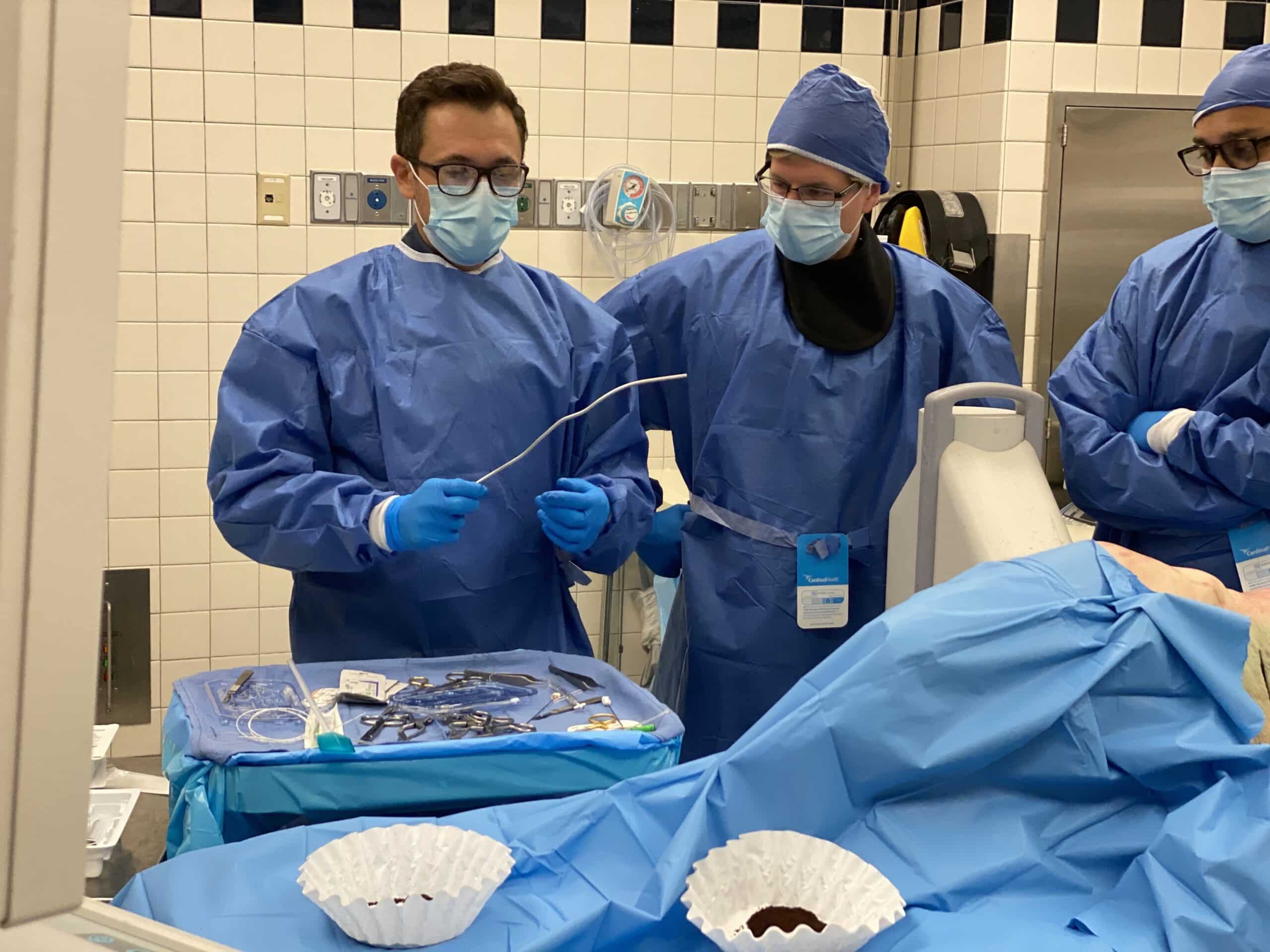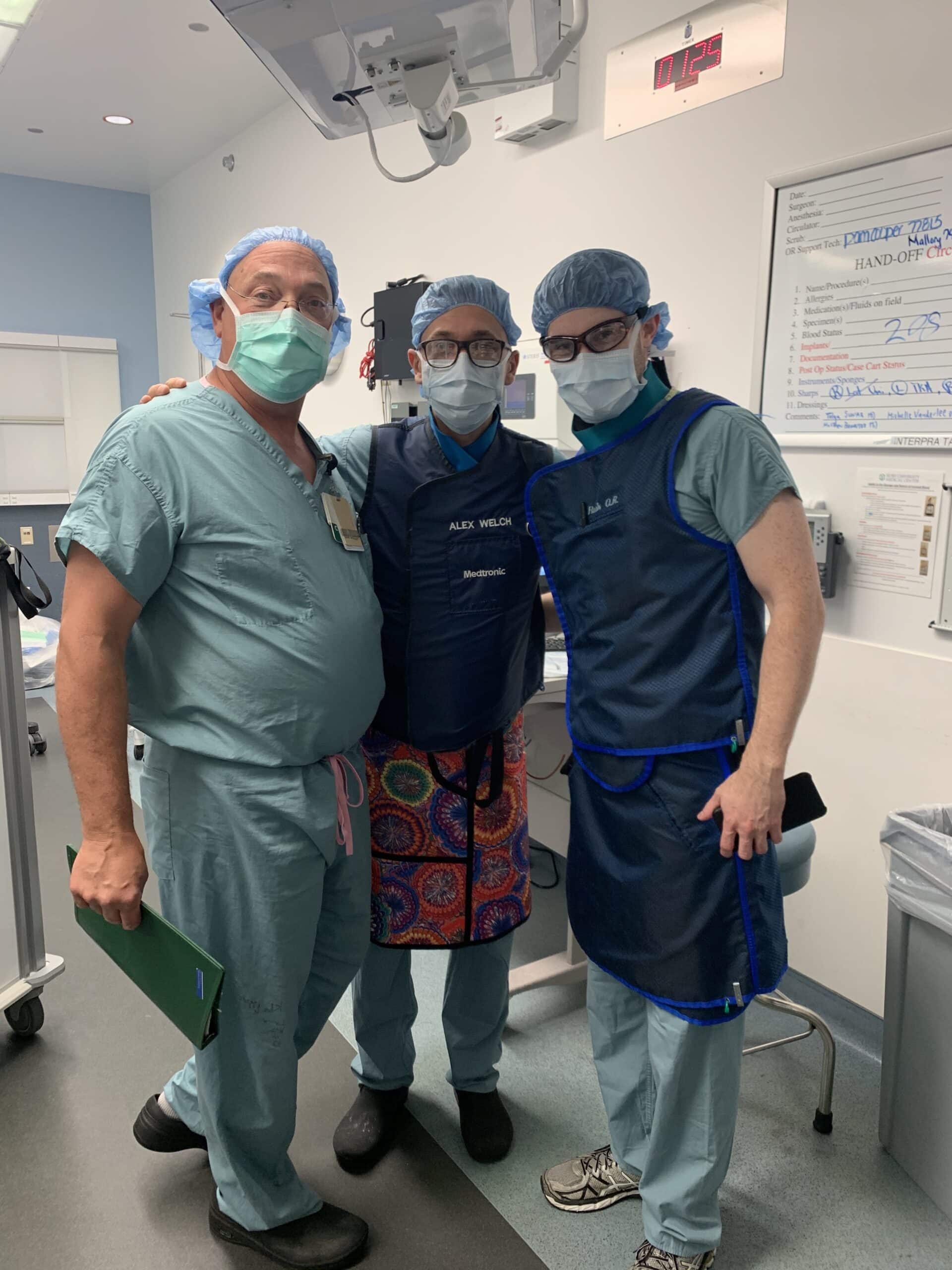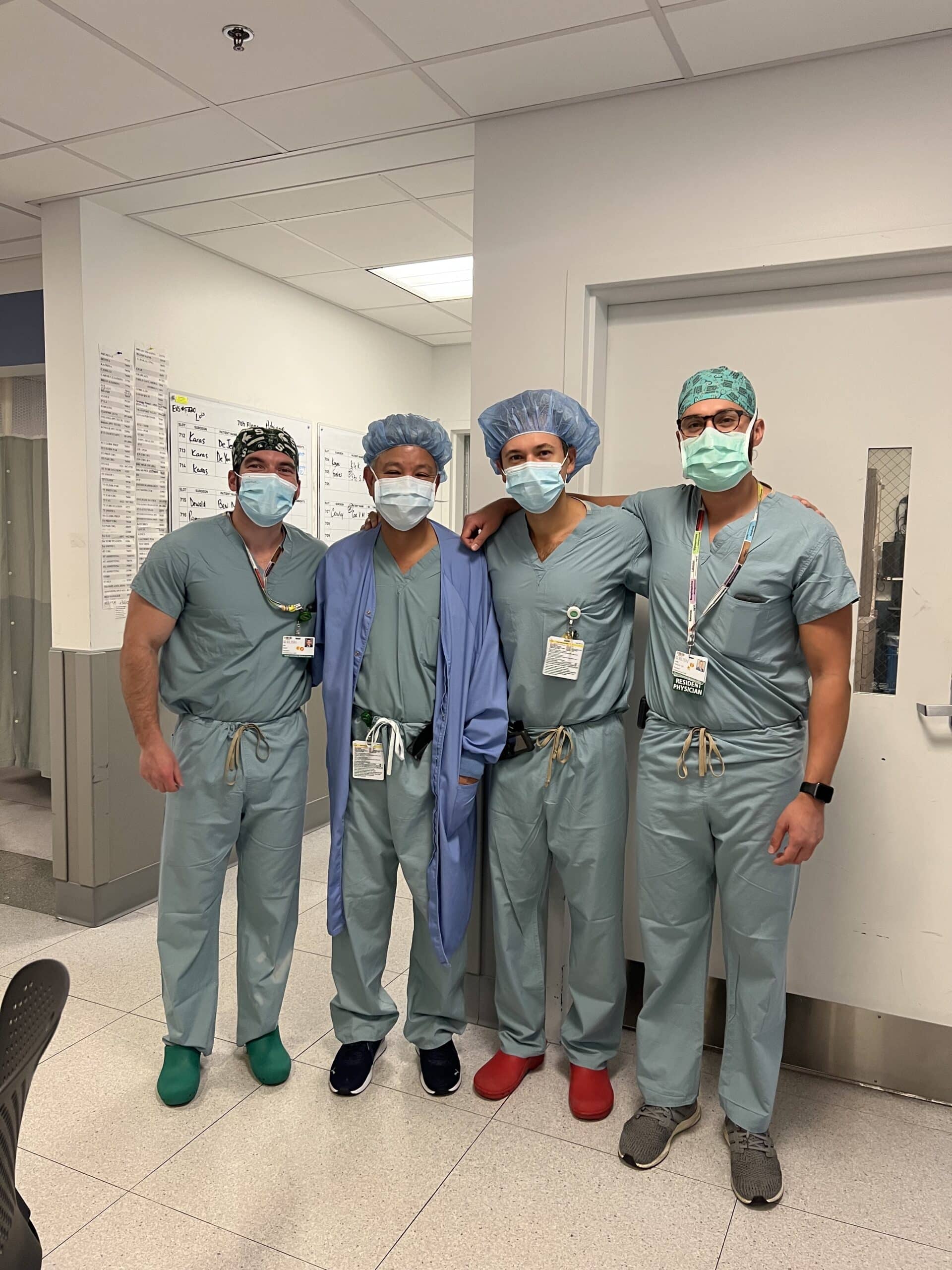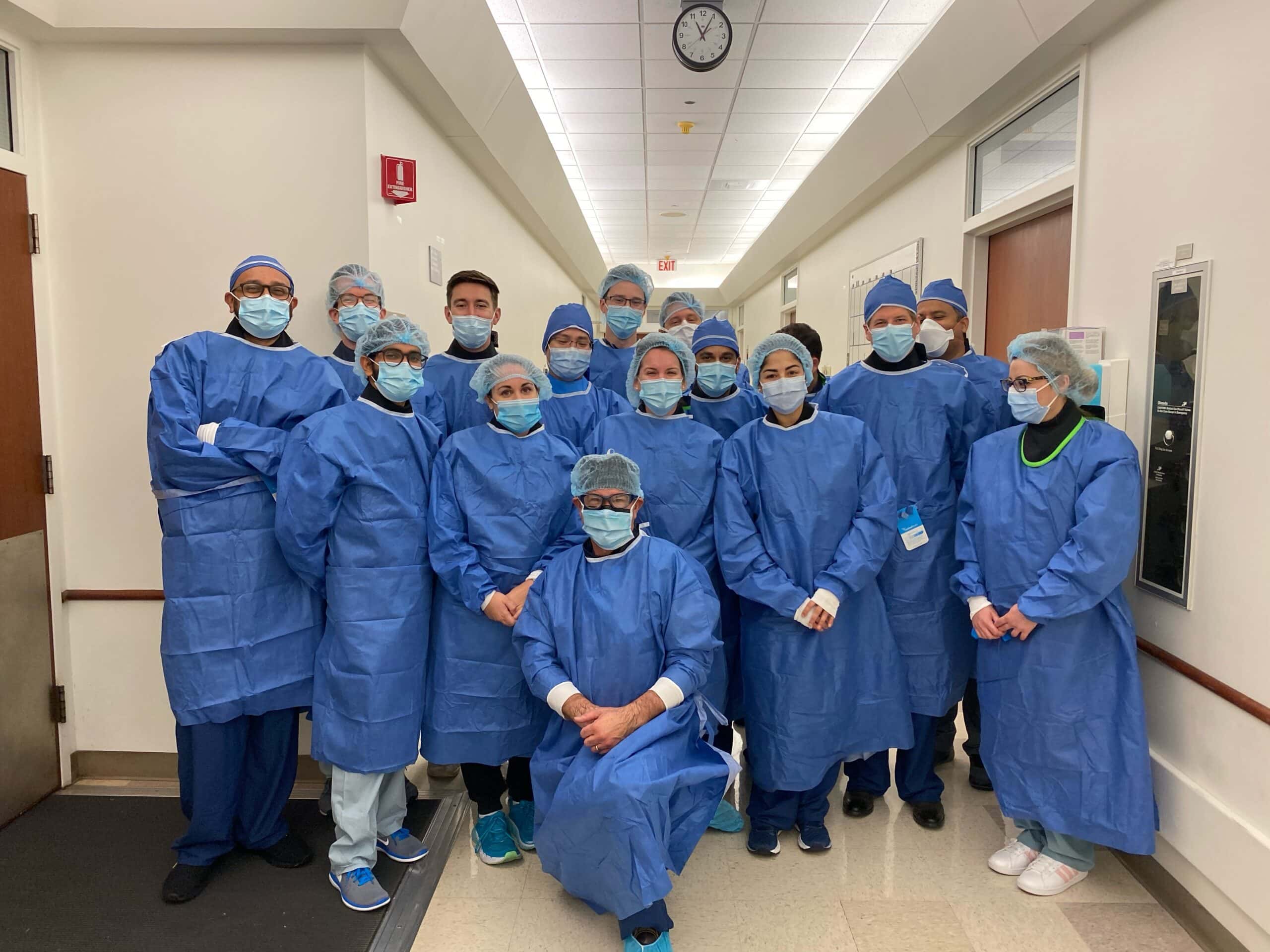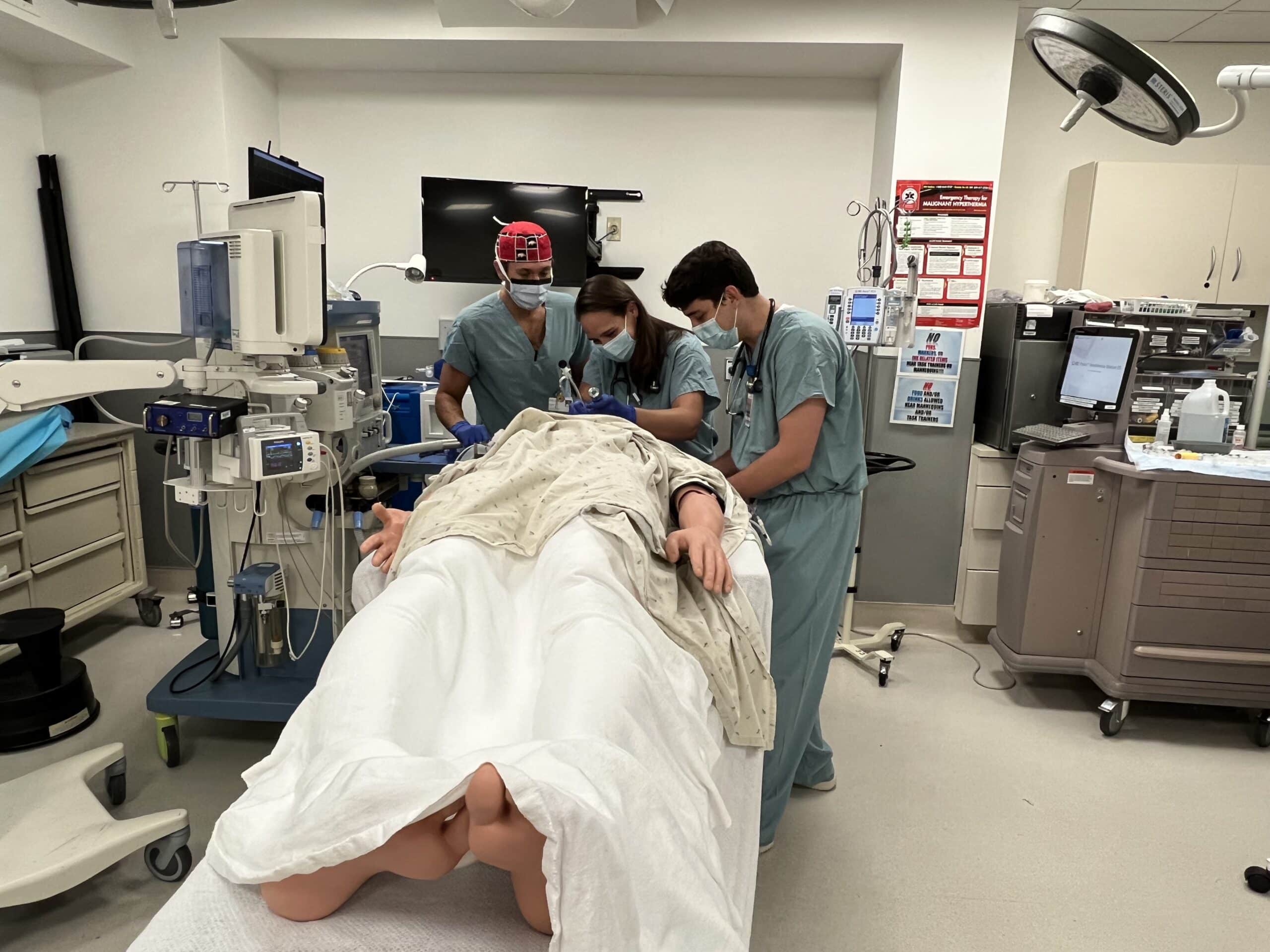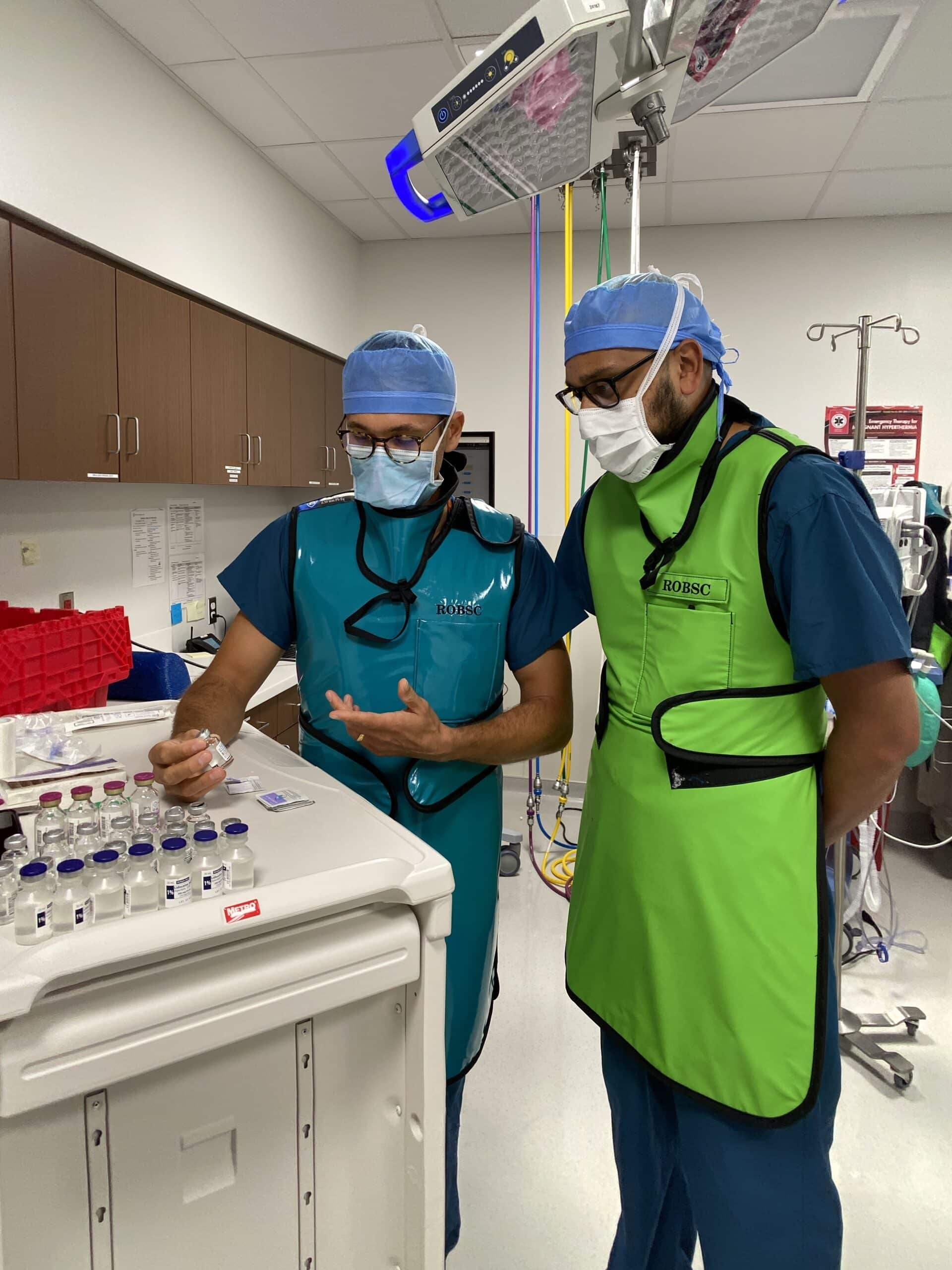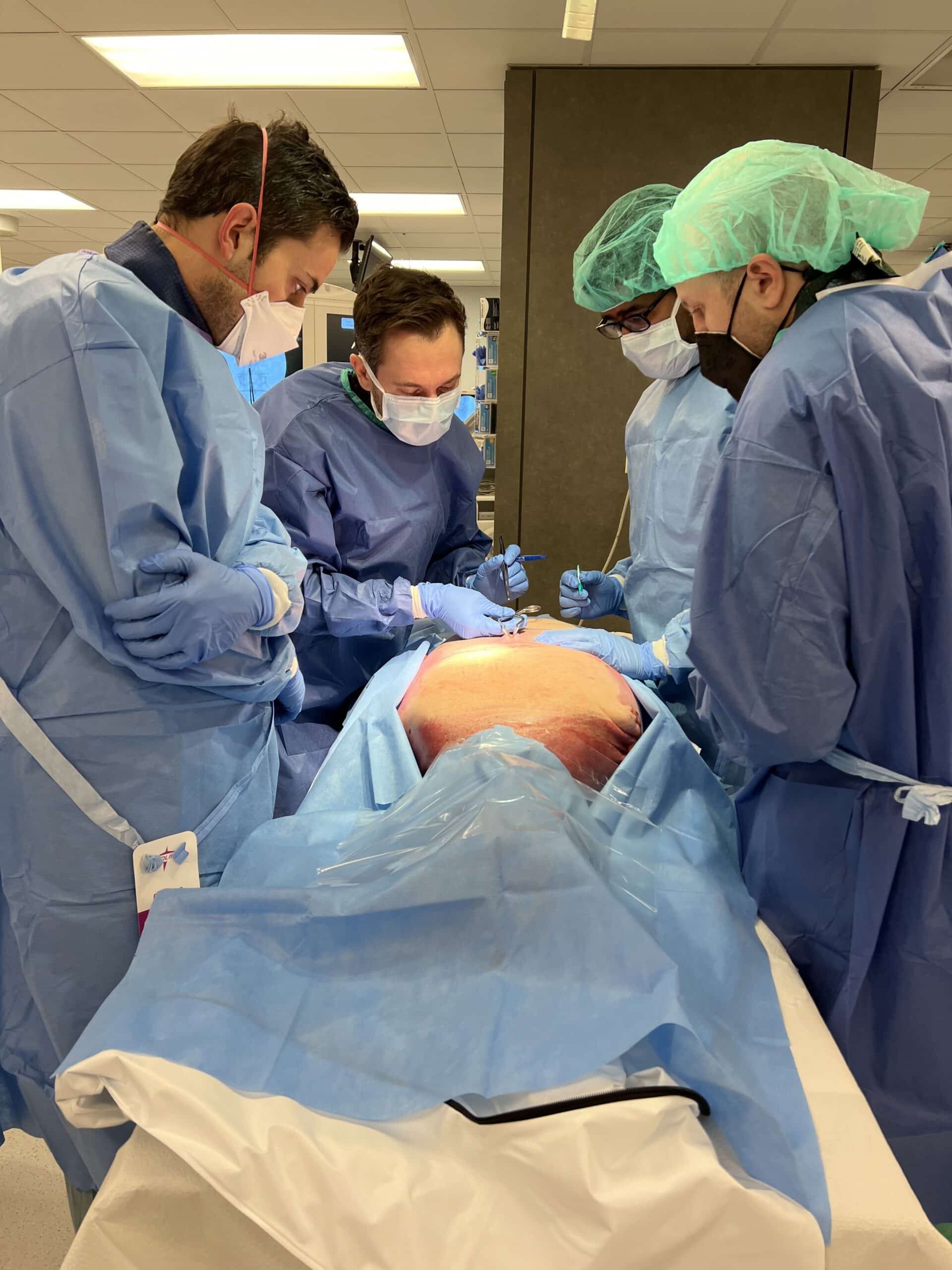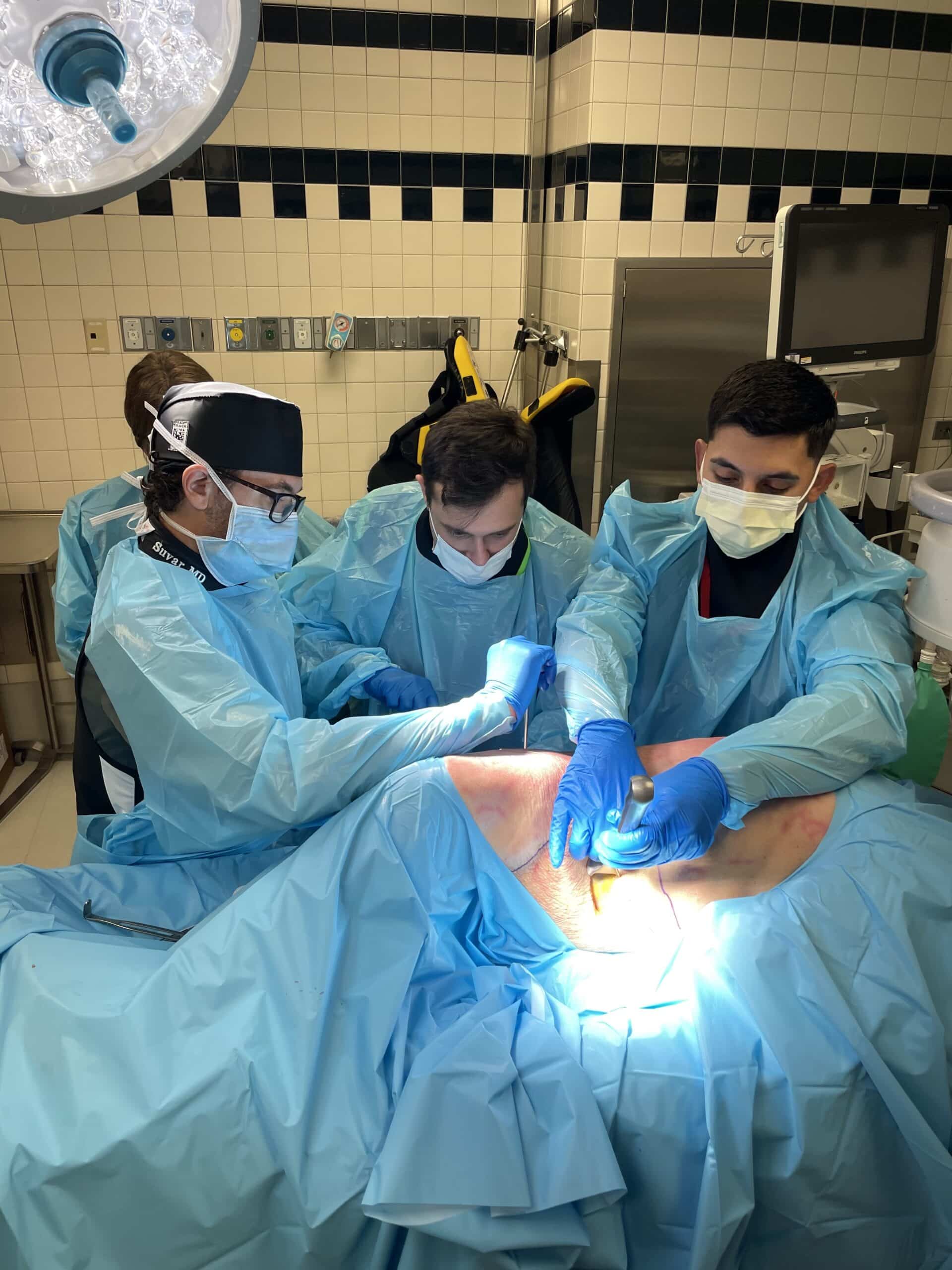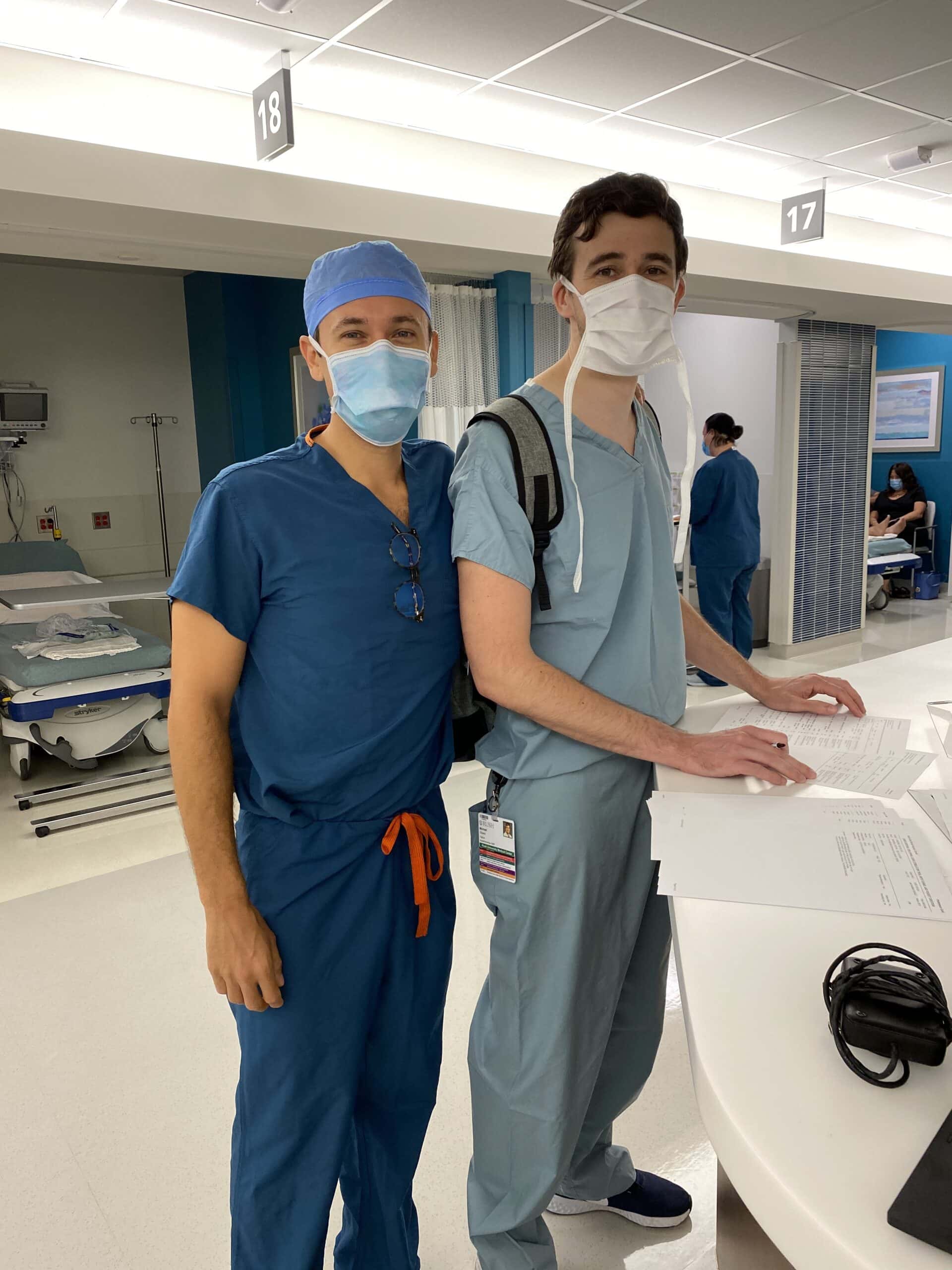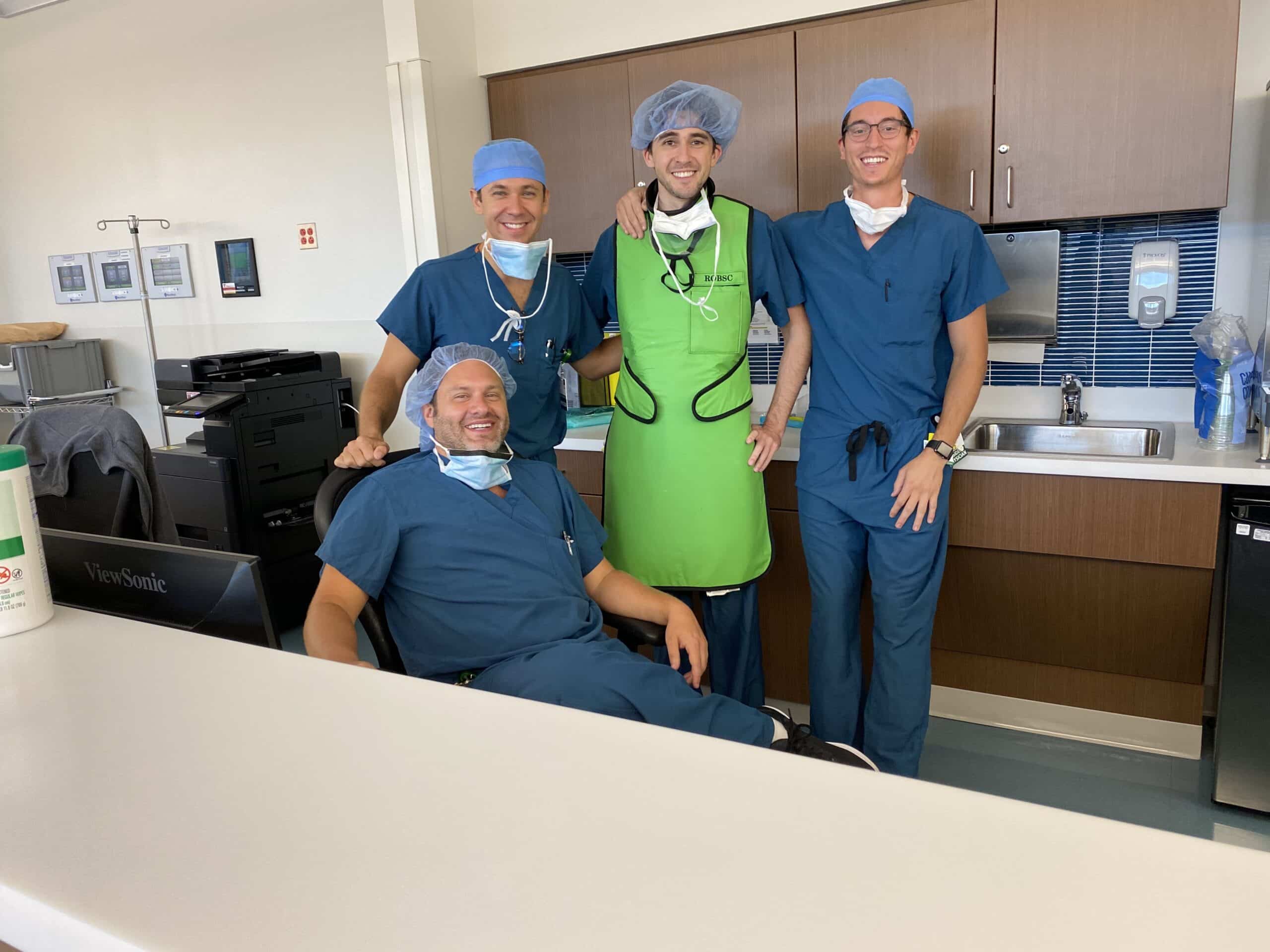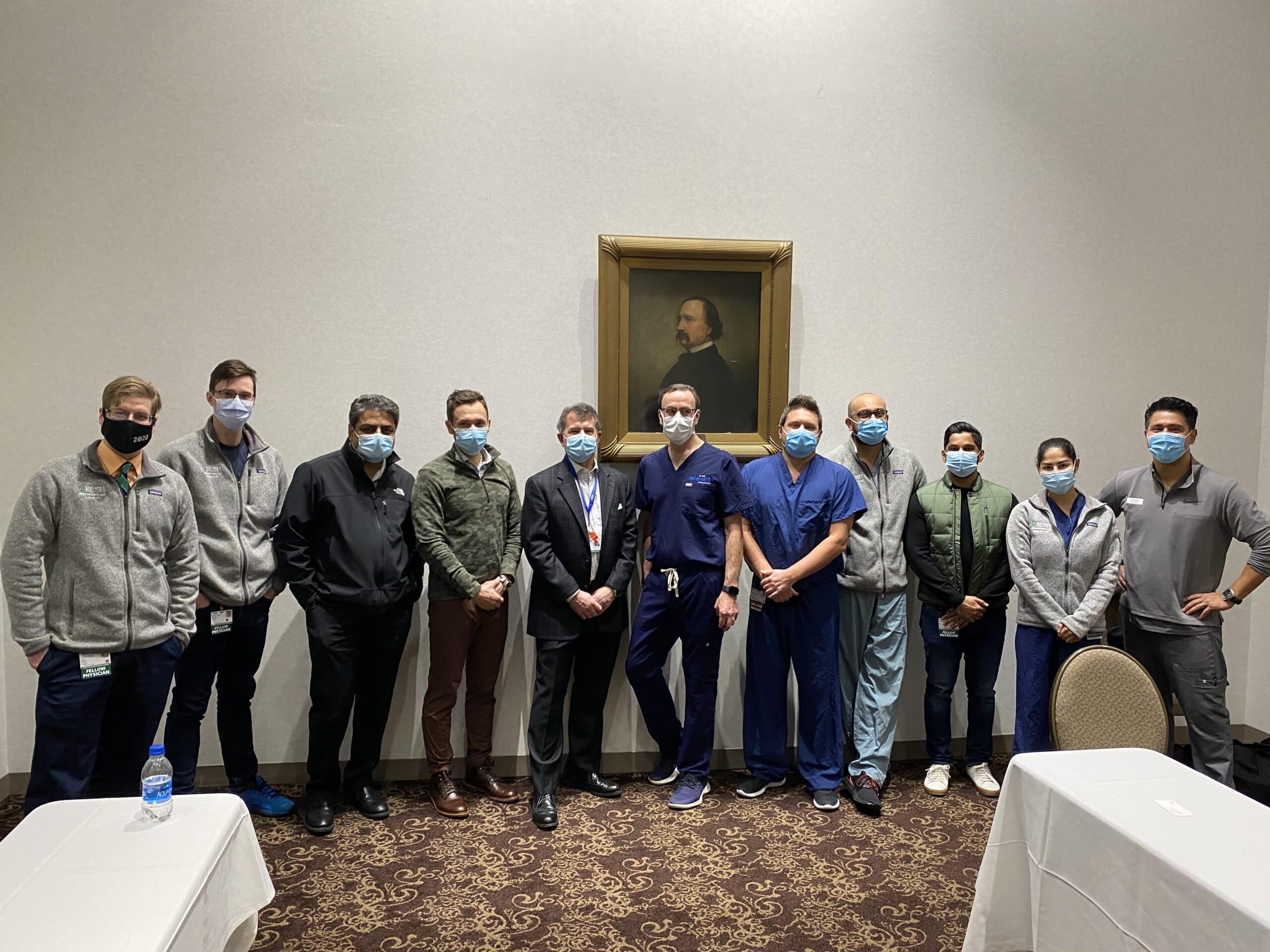Pain Management Fellowship Program.
Institution & Program Reputation
The reputation of the institution and its pain management program can influence the perceived prestige of a fellowship. Consider the history, rankings, and recognition of both the university and the specific pain management program within the medical community.
Faculty Expertise
Evaluate the faculty member's qualifications, experience, and research contributions associated with the program. Faculty members who are recognized experts in the field and actively engaged in research can enhance the quality of education and mentorship provided during the fellowship.
Curriculum & Training Opportunities
Examine the curriculum and training opportunities offered during the fellowship. Look for a comprehensive curriculum that covers a wide range of pain management techniques, including both interventional and non-interventional approaches. Additionally, programs that provide exposure to multidisciplinary settings and offer research opportunities can be advantageous.
Clinical Experience
Consider the clinical experience offered during the fellowship. A robust clinical experience with exposure to diverse patient populations and various pain conditions can contribute to the quality of training. Look for programs that provide ample hands-on experience, clinical rotations in different settings, and exposure to advanced pain management techniques.
Accreditation
Check if the pain fellowship program is accredited by recognized accrediting bodies, such as the Accreditation Council for Graduate Medical Education (ACGME). Accreditation ensures that the program meets specific educational and quality standards.
Alumni Network & Fellow Success
Research the success of previous fellows who have completed the program. Consider factors such as their career paths, academic achievements, leadership roles, and contributions to the field of pain management. A strong and accomplished alumni network can indicate the program's ability to produce competent pain specialists.

